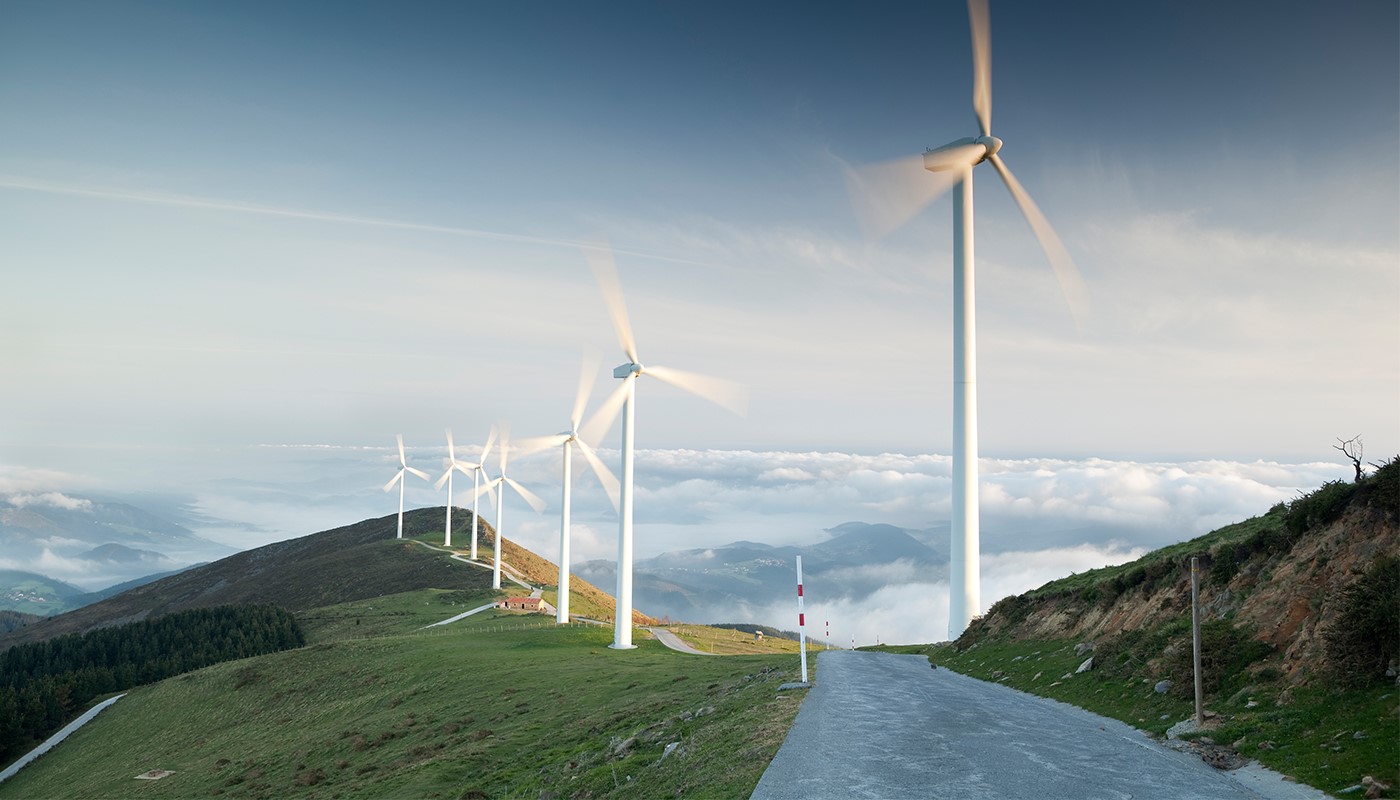
As of year-end 2019, the outlook for renewable energy growth in developing economies was exceptionally bright. According to Bloomberg New Energy Finance (BNEF), power-generating capacity from solar plants such as photovoltaic (PV) projects reached 325 gigawatts (GW), up from only 1GW a decade earlier. A record $89 billion was deployed for onshore and offshore wind projects in 30 emerging markets.
Then came COVID-19, and a sharp retreat beginning in March 2020.
Atsi Sheth, managing director, credit strategy, Moody’s Investors Service, calls 2020 “a tough year for fixed investment. And it was tough across sectors, including but not only in clean energy.”
Today, optimism hinges on overcoming the high or rising infection rates in some of the biggest emerging markets. “Recovery in both consumption and investment in these emerging markets will only gain speed when the pandemic and associated risks have abated,” Sheth says.
Luiza Demôro, head of country transition trends for BNEF’s Climatescope, calls 2019 “a year of firsts, for the most part, in good ways. The surge of capital into emerging markets suggests that investors had become quite comfortable with the risks involved with financing new wind or solar there.”
As clean technologies grew more cost-competitive versus fossil fuels, total foreign direct investment (FDI) in support of renewables reached $32 billion in 2019, up from the previous high of $24 billion in 2018. Eighty-four percent of the 2019 figure came from international project developers, utilities, commercial banks and other private sources.
Amid the pandemic and resulting pressures on government finances, currency values fell and debt ratings were downgraded. The clean energy investment flows slowed and in some areas stopped as investors de-risked.
ESG Impetus
At the same time, attention to climate risks and environmental, social and governance (ESG) factors has many governments incorporating clean energy policies in post-pandemic recovery plans. “This is broadly supportive of renewables and other clean tech investment,” Sheth says. “And financial investors are increasingly incorporating emissions impact considerations into their strategies, which is also supportive of the financing outlook for clean energy investments.”
Some of the risks for clean energy investment in emerging markets are similar to the those faced by investors in infrastructure and in emerging markets more generally. These include project-specific implementation risks and others related to policy and macroeconomic matters. Sheth adds that there is a natural “uncertainty around technology adoption by consumers, as well as the challenges of a fast-evolving technology and competitive environment.”

For the first time since 2016, BNEF recorded quarters last year when capital flows into developed markets exceeded flows into developing markets.
“Developing nations have accounted for over half of global annual renewable energy investment in 2012-2019, and over half of new global clean energy capacity installed every year in 2013-2019,” Demôro says in an interview. “However, the pandemic has already affected these trends.”
Global clean energy investments “remained nearly flat in 2020, at $303 billion,” according to Demôro, and investors have shifted their attention from developed to developing nations. “Thus in 2020, for the first time in eight years, developing nations did not account for the majority of clean energy investment.”
In its annual survey of the energy transition in developing economies, Climatescope found emerging economies accounted for 58% ($144 billion) of the $249 billion in asset finance invested in utility-scale clean energy capacity worldwide during 2019.

Solar Scales Up
Over the past decade, solar has increasingly become the technology of choice in developing nations. In 2019, solar was the primary technology installed in 29% of the 108 emerging markets surveyed by BNEF, up from 2% in 2010.
Despite dampened capital inflows, the solar sector is surging, BNEF says. Climatescope data points to three in 10 emerging markets having installed more solar capacity than capacity from any other source in 2019. Sixty-nine markets built new utility-scale or small-scale solar in 2019, funded with over $48 billion.
Solar ended 2019 as 8% of emerging markets power-generating capacity and 2% of generation. Today, 95 markets have at least 10 megawatts (MW) of solar installed.
Turkey, Vietnam and Brazil are among the emerging economies where PV investment boomed last year, says Demôro, adding, “While wind investment in developing nations plummeted 25% between 2019 and 2020, the modular nature of PV, aligned with a steep drop in technology costs, helps explain this trend.”
Road to Recovery
In the 2021 first quarter, with signs of economic recovery in sight, market concerns shifted to the risks of higher interest rates. “This did lead to some flattening of the previously improving trend in emerging market conditions,” says Sheth.
Nonetheless, EM cross-border debt investments increased in the first quarter, compared to the previous quarter, Sheth added.
Looking ahead, a key question is how the extraordinary government support during the pandemic will be pulled back.
“Our baseline expectation is that support in advanced economies will be rolled back slowly, only after their domestic recoveries are self-sustaining,” says Sheth. “Among emerging markets, the timing and speed of recovery will vary, and so will the domestic policy trajectory.”